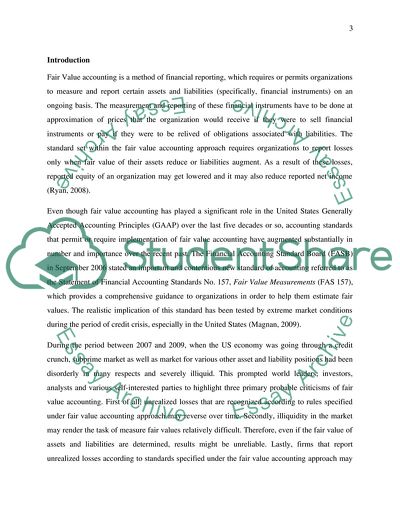Cite this document
(The recent financial crisis led to debate about the advantages and Assignment, n.d.)
The recent financial crisis led to debate about the advantages and Assignment. https://studentshare.org/finance-accounting/1817486-the-recent-financial-crisis-led-to-debate-about-the-advantages-and-disadvantages-of-fair-value-accounting
The recent financial crisis led to debate about the advantages and Assignment. https://studentshare.org/finance-accounting/1817486-the-recent-financial-crisis-led-to-debate-about-the-advantages-and-disadvantages-of-fair-value-accounting
(The Recent Financial Crisis Led to Debate about the Advantages and Assignment)
The Recent Financial Crisis Led to Debate about the Advantages and Assignment. https://studentshare.org/finance-accounting/1817486-the-recent-financial-crisis-led-to-debate-about-the-advantages-and-disadvantages-of-fair-value-accounting.
The Recent Financial Crisis Led to Debate about the Advantages and Assignment. https://studentshare.org/finance-accounting/1817486-the-recent-financial-crisis-led-to-debate-about-the-advantages-and-disadvantages-of-fair-value-accounting.
“The Recent Financial Crisis Led to Debate about the Advantages and Assignment”. https://studentshare.org/finance-accounting/1817486-the-recent-financial-crisis-led-to-debate-about-the-advantages-and-disadvantages-of-fair-value-accounting.


